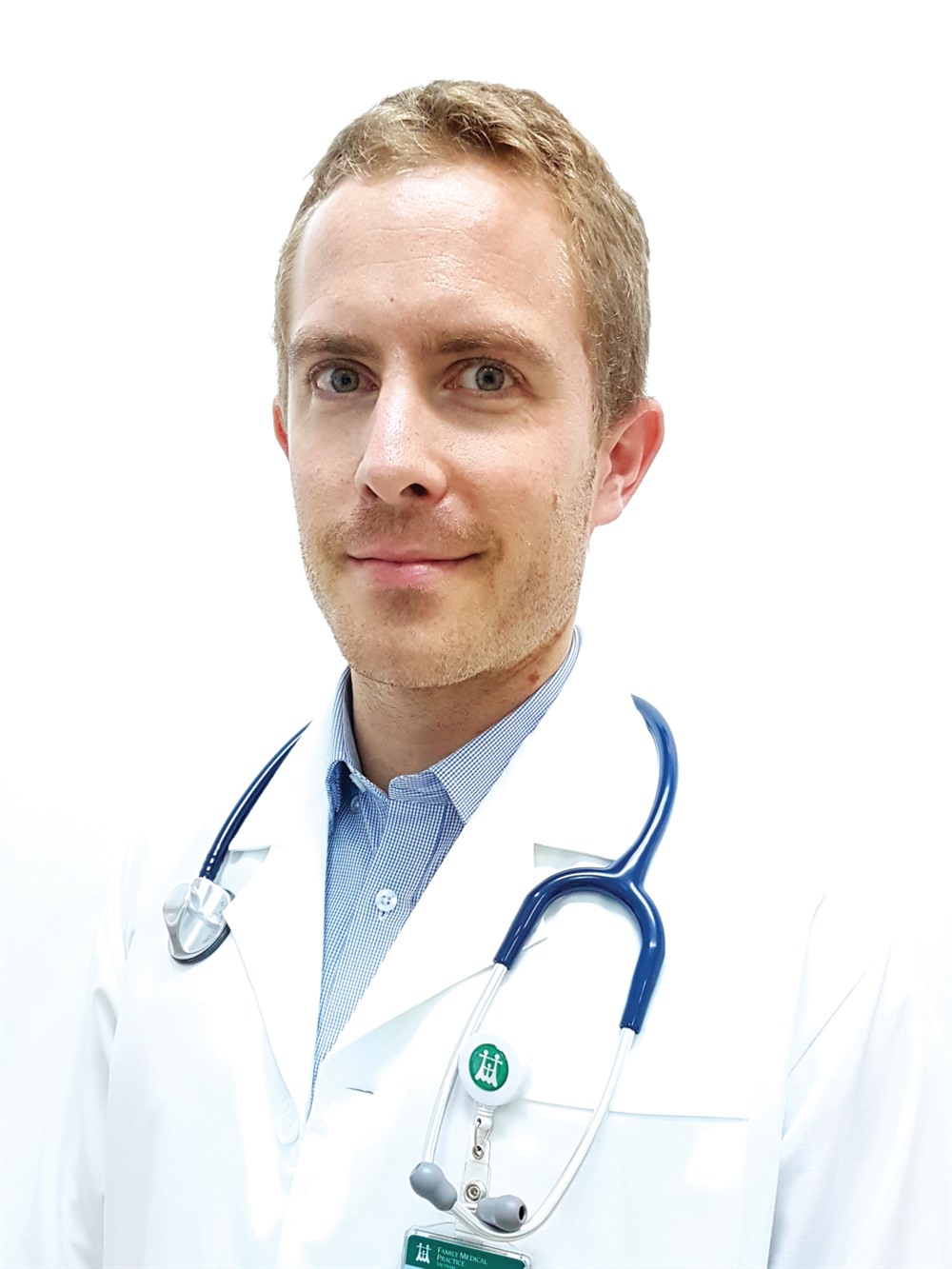 Life & Style
Life & Style

A bacteria is a living mono cellular micro-organism. It’s made of one cell without a nucleus. Its size is 50 times smaller than a hair. Despite its minute size, it is completely autonomous, can reproduce, deliver information and take advantage of its environment.
 |
| Dr. Mathieu Nalpas. — Photo courtesy of Family Medical Practice Hanoi |
By Dr. Mathieu Nalpas*
Bacteria
A bacteria is a living mono cellular micro-organism. It’s made of one cell without a nucleus. Its size is 50 times smaller than a hair. Despite its microscopic size, it is completely autonomous, can reproduce, deliver information and take advantage of its environment. They can live almost everywhere, on other organisms or inert surfaces. Some bacteria can live in extreme environments. For instance, bacteria has been found in hydrothermal vents and in extreme geo-chemical conditions. They are the reason for the beautiful colours often found around volcanic springs, like in Yellowstone National Park in the US. Others can live is very acidic environment the like the human stomach, such as the Helicobacter pylori bacteria.
Most bacteria are harmless and many of them are even essential to the human body. We are actually living in symbiosis with billions and billions of bacteria. Our body hosts almost the same numbers of bacteria than the numbers of cells we are made of. We could say that half of our bodies are not actually ours!
They are everywhere, on our skin, in our mouths, noses and lungs. A study found that as many as 80 million bacteria are transferred during a 10-second kiss.
A large amount of them live in our digestive system and are essential to digestion. They are part of what is called intestinal microbiota. They help to process the food and work tightly with our immune system.
But some bacteria are pathogens and can cause mild or more severe diseases. For instance, pharyngitis, pneumonia, tuberculosis, urinary tract infections, food poisoning and even the plague.
Against pathogenic bacteria, antibiotics are the most useful medicine. Since the mid-20th century, antibiotics have saved billions of lives.
Unfortunately, the use of antibiotics when the cause of a disease is not a bacterial infection has led to antibiotics losing their power while bacteria become more and more resistant to them.
Virus
A virus is much smaller but not as independent as a bacterium. Viruses are infectious agents that need cells to reproduce. They are intra cellular parasites. They penetrate cells, multiply, kill the cells, spread and penetrate other cells. Viruses are usually contagious and will jump from one being to another in different ways: respiratory, digestive, sexual or through the skin. Viruses are the cause of hundreds of diseases, from benign to life threatening. For instance, the simple cold, flu, measles, dengue, HIV, hepatitis B, polio etc...
Antibiotics are ineffective against viruses. For some viruses, like HIV or hepatitis B and C, there are specific anti viral medicines. The most effective way to prevent many viral infections are vaccines. Since Pasteur contributed to discovering the rabies vaccine in the late 19th century, many other vaccines has been developed to fight viral infections. One of them, smallpox, was officially eradicated worldwide in 1980 after a global vaccination campaign. Polio has almost been eradicated and is currently still active in only few countries.
For some viruses like HIV, finding a vaccine can be more challenging and no effective one is available yet.
Even if science makes great progress, nature finds its way. Recently, new emergent viruses have been the cause of epidemics. Ebola, Zika, SARS and Avian Flu are some of them. Those viruses are not new, they’ve been around for millions of years but were hiding in remote places, far away from humans. Because of the spread of human activities, globalization and deforestation, they are more likely to reach human world and in some cases can cause new public health issues. In the case of Avian Flu, they can even mutate and become more aggressive.
However, viruses can be used by science as tools to fight resistant bacteria or cancerous cells. A new field of medicine is using viruses as a vector to introduce healthy genes into cells and repair genetic anomalies. This technique is called gene therapy.
Even if they are microscopic, sometimes bad, sometimes nice to us, bacteria and viruses are very different living organisms. The diseases they can cause are pretty different and the treatments doctors need to fight them are very different as well.
On the one hand, antibiotics will be good medicines to fight bacterial infections but will be useless against viral infections.
Overuse and misuse of antibiotics contribute to making them weaker and increase the risk they will not work in the future, so please check with your doctor before using them.
On the other hand, vaccination is the best way to prevent many viral infections. — Family Medical Practice
*Dr Mathieu Nalpas is a general practitioner graduated from Lille University in France. After graduation he has studied infectious diseases and tropical medicine in French West Indies. Before coming to Vietnam, Dr Nalpas has practiced medicine as a family doctor in France and has managed many isolated health clinics in the Amazon rainforest of French Guyana and in New Caledonia. He has regularly volunteered for NGOs in France, Cambodia, India and Tibet. Dr Nalpas has also worked with Médecins Sans Frontière (MSF) in West Kenya (Tuberculosis/HIV manager) and in France in refugee camps for migrants.
For more advice on any medical topics, visit Family Medical Practice Hanoi at: 298 I Kim Mã, Ba Đình. Tel: (024) 3843 0748. E: hanoi@vietnammedicalpractice.com.
FMP’s downtown Hồ Chí Minh location is: Diamond Plaza, 34 Lê Duẩn, District 1; 95 Thảo Điền Street, District 2. Tel: (028) 38227848. E: hcmc@vietnammedicalpractice.com
FMP Đà Nẵng is located at 96-98 Nguyễn Văn Linh Street, Hải Châu District, Đà Nẵng. Tel: (0236) 3582 699. E: danang@vietnammedicalpractice.com




